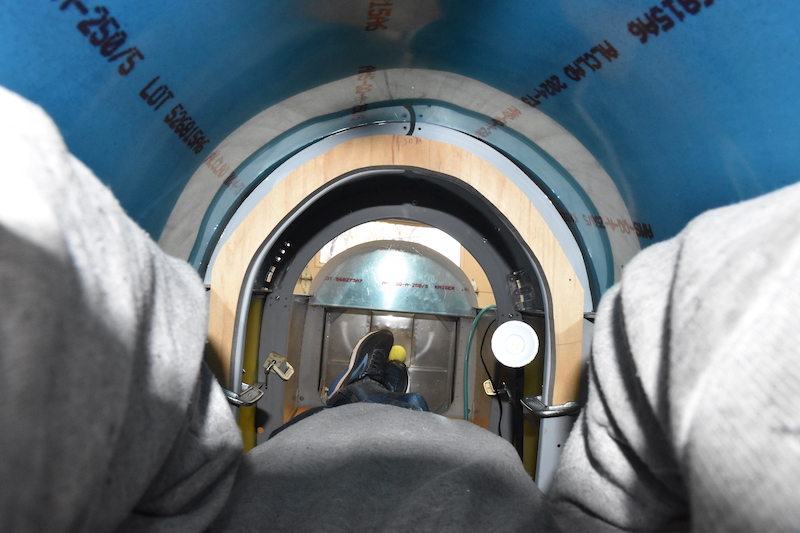Freakshow108
Well Known Member
Is there an advantage to either? Would love to hear arguments from those who have reached this stage in their build.
Buy the engine and prop at the last ?Van?s Show Special? that you can wait. Engine is required for cowl fit up.
Decide on the brand of avionics you want, then buy the mounting kits for the autopilot servos, pitot, ADHARS modules and such as these are much easier to do when fitting out the airframe. Buy all the rest of the avionics as the last step.
Carl
Definitely engine! The engine has been sitting here for my -8 project for years and Rhonda gives me **** about it every OSH. Life happens when you least expect it. I'm not at all concerned with it getting "out of date" or being "old tech"... Avionics is a whole different thing.
My vote is engine first?hold off on avionics as long as you can because the avionics industry evolves at a near light speed pace compared to engines which are static for all intents and purposes,
I did avionics first and wish I had held off. I?m happy with my panel but had I waited it would have been even better.
I did the engine first. The avionics continue to evolve rapidly, engines, not so much...

